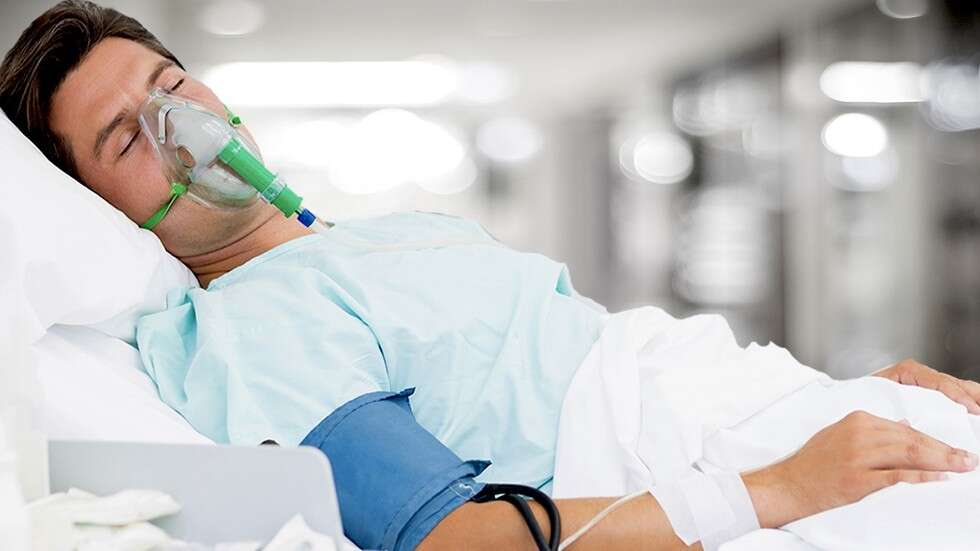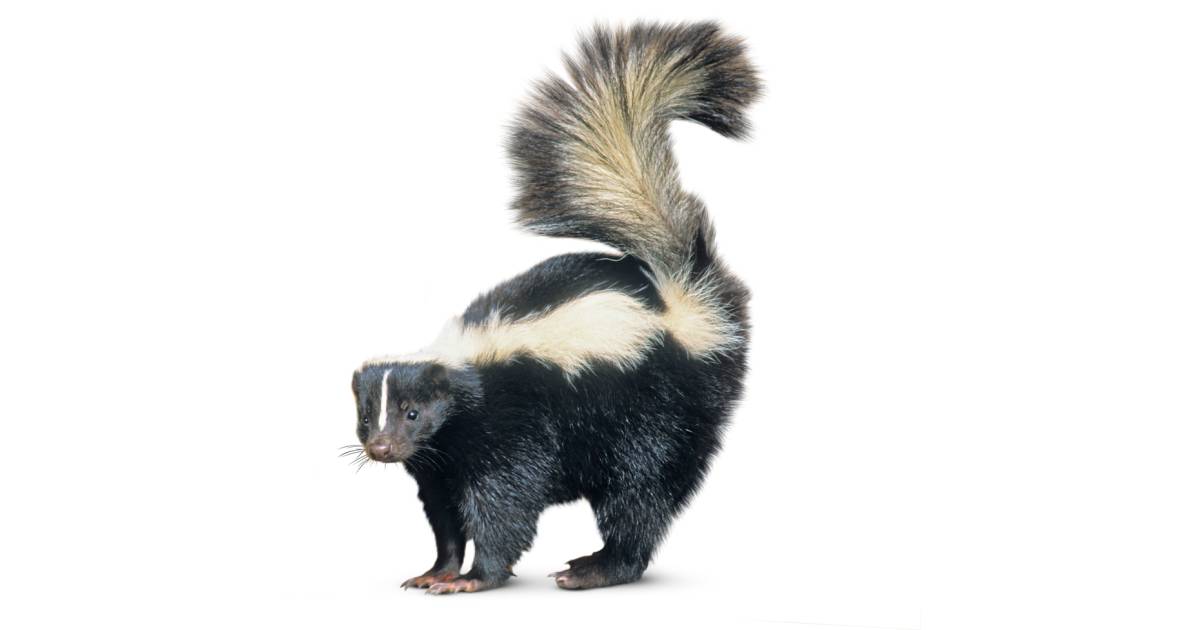Active transport in animals information
Home » Trending » Active transport in animals informationYour Active transport in animals images are available. Active transport in animals are a topic that is being searched for and liked by netizens today. You can Find and Download the Active transport in animals files here. Find and Download all royalty-free images.
If you’re searching for active transport in animals pictures information linked to the active transport in animals topic, you have come to the ideal site. Our website always gives you suggestions for downloading the maximum quality video and image content, please kindly hunt and locate more enlightening video articles and graphics that fit your interests.
Active Transport In Animals. Active transport is a physical process in which molecules and ions move from a region of lower concentration to a region of higher concentration. Active transport requires cellular energy to achieve this movement. Sometimes they need some molecules that are in low concentration so they have to move inside the cell by a special mechanism called active transport. Because the energy source of the transport process comes from atp, it is considered primary active transport.
 Līgatne Nature Trails Latvia Travel From latvia.travel
Līgatne Nature Trails Latvia Travel From latvia.travel
Diffusion is an important process in animals and plants. This is active transport.in active transport particles move against a concentration gradient and therefore require energy which must be supplied by the cell. (c) explain the meaning of the terms: Once food has been absorbed by the villi after some time the concentration of food molecules inside the villi increases at this point no more food can diffuse in. A process requiring metabolic energy.organic molecules and inorganic ions are transported into and out of both cells and their organelles. Primary active transport that uses adenosine triphosphate, and secondary.
This is active transport.in active transport particles move against a concentration gradient and therefore require energy which must be supplied by the cell.
As animals , we rely on a variation in ion concentrations between the inside and outside nerve cells to keep our nervous systems functioning. Active transport active transport mechanisms require the use of the cell’s energy, usually in the form of adenosine triphosphate (atp).if a substance must move into the cell against its concentration gradient, that is, if the concentration of the substance inside the cell must be greater than its concentration in the extracellular fluid, the cell must use energy to move the. Active transport is the movement of particles against a concentration gradient (from an area of low concentration to an area of high concentration) at a rate faster than diffusion. In this process of transportation, the sodium ions are moved to the outside of the cell and potassium ions are moved to the inside of the cell. The substance binds to a transport protein embedded in the membrane, which carries it through the. Primary active transport that uses adenosine triphosphate, and secondary.
 Source: seeker.com
Source: seeker.com
In cellular biology, active transport is the movement of molecules across a cell membrane from a region of lower concentration to a region of higher concentration—against the concentration gradient. Sometimes they need some molecules that are in low concentration so they have to move inside the cell by a special mechanism called active transport. In animal cells, it takes place in the small intestine while absorbing food. This means that they move against a concentration gradient unlike in diffusion which is an equally physical process, where molecules or ions move from a region of higher concentration to a region of lower. Active transport is a physical process in which molecules and ions move from a region of lower concentration to a region of higher concentration.
 Source: africanaturaltours.com
Source: africanaturaltours.com
The substance binds to a transport protein embedded in the membrane, which carries it through the. As animals , we rely on a variation in ion concentrations between the inside and outside nerve cells to keep our nervous systems functioning. Diffusion is an important process in animals and plants. Active transport takes place both in animal cells and plant cells. In plants cells, it takes place in the root hair cells which absorb water and minerals.
 Source: reference.com
Source: reference.com
Describe why diffusion is important to animals and plants. Secondary active transport is involved in transportation of a diverse range of molecules, such as ions, nutrients, vitamins, and osmolytes in higher organisms. Active transport is the movement of dissolved molecules into or out of a cell through the cell membrane, from a region of lower concentration to a region of higher concentration. Sometimes they need some molecules that are in low concentration so they have to move inside the cell by a special mechanism called active transport. This means that they move against a concentration gradient unlike in diffusion which is an equally physical process, where molecules or ions move from a region of higher concentration to a region of lower.
 Source: latvia.travel
Source: latvia.travel
This means that they move against a concentration gradient unlike in diffusion which is an equally physical process, where molecules or ions move from a region of higher concentration to a region of lower. Active transport animal and plant cells cannot only depend only on diffusion alone to get the molecules they need. Primary active transport that uses adenosine triphosphate, and secondary. Active transport is the movement of dissolved molecules into or out of a cell through the cell membrane, from a region of lower concentration to a region of higher concentration. (c) explain the meaning of the terms:
 Source: latvia.travel
Source: latvia.travel
This means that they move against a concentration gradient unlike in diffusion which is an equally physical process, where molecules or ions move from a region of higher concentration to a region of lower. In plants cells, it takes place in the root hair cells which absorb water and minerals. It requires energy in the form of atp. Active transport takes place both in animal cells and plant cells. D) describe, with the aid of diagrams and photographs, the external and internal structure of the […]
 Source: latvia.travel
Source: latvia.travel
Carrier proteins that are found in the cell membrane of cells use energy to transport molecules or ions across the membrane, against the concentration gradient. Active transport animal and plant cells cannot only depend only on diffusion alone to get the molecules they need. • so for animal cells, this is zero, thus, in animals: Therefore, active transport must couple to another spontaneous process to transport charged or uncharged substrates against their thermodynamic forces. In this process of transportation, the sodium ions are moved to the outside of the cell and potassium ions are moved to the inside of the cell.
 Source: onlinebiologynotes.com
Source: onlinebiologynotes.com
Sometimes they need some molecules that are in low concentration so they have to move inside the cell by a special mechanism called active transport. Sometimes they need some molecules that are in low concentration so they have to move inside the cell by a special mechanism called active transport. Secondary active transport is involved in transportation of a diverse range of molecules, such as ions, nutrients, vitamins, and osmolytes in higher organisms. Carrier proteins that are found in the cell membrane of cells use energy to transport molecules or ions across the membrane, against the concentration gradient. • so for animal cells, this is zero, thus, in animals:
 Source: dkfindout.com
Source: dkfindout.com
Active transport is among the most common methods used for the uptake of nutrients such as certain sugars, most amino acids, organic acids, and many inorganic ions by unicellular organisms. In animals, glucose molecules have to be moved across the gut wall into the blood. Therefore, active transport must couple to another spontaneous process to transport charged or uncharged substrates against their thermodynamic forces. It requires energy in the form of atp. Active transport animal and plant cells cannot only depend only on diffusion alone to get the molecules they need.
This site is an open community for users to do sharing their favorite wallpapers on the internet, all images or pictures in this website are for personal wallpaper use only, it is stricly prohibited to use this wallpaper for commercial purposes, if you are the author and find this image is shared without your permission, please kindly raise a DMCA report to Us.
If you find this site beneficial, please support us by sharing this posts to your preference social media accounts like Facebook, Instagram and so on or you can also bookmark this blog page with the title active transport in animals by using Ctrl + D for devices a laptop with a Windows operating system or Command + D for laptops with an Apple operating system. If you use a smartphone, you can also use the drawer menu of the browser you are using. Whether it’s a Windows, Mac, iOS or Android operating system, you will still be able to bookmark this website.
Category
Related By Category
- 70s robot anime information
- Animated dd maps information
- Animal crossing new leaf mobile information
- Anime body base information
- Animal crossing jacobs ladder flower information
- Anime desserts information
- Animal paca information
- Animal crossing secrets information
- American animals review information
- Animal kingdom lodge rooms for 5 information